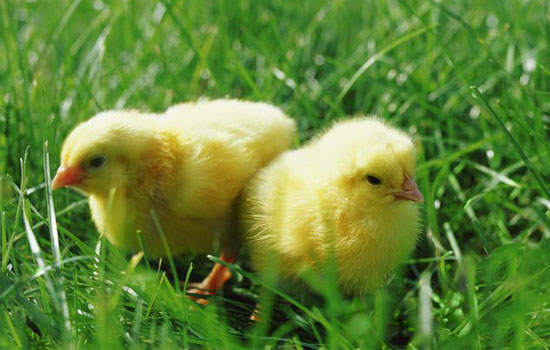Do you know the advantages and disadvantages of battery chicken cages for raising chickens?
- font size
- Be the first to comment!
Advantage.
- The number of laying hens raising in battery chicken cages is 3 to 5 times larger than that of flat laying hens, and the full use of the site area improves the stocking density and work efficiency.
- The use of multi-layer chicken cage technology for caged laying hens can make full use of space and facilitate management. In the case of a small number of breeding by this method, it is not necessary to set up special breeding personnel, and the feed can be added before going to get off work. That's it, and other time can be used for egg picking, manure cleaning, etc.
- Using this method can save feed and reduce waste of feed. Because laying hens eat, exercise and rest in the cage, more reasonable feeding and water feeding methods are adopted during feeding, and it is not easy to cause the phenomenon of feeding waste. The consumption of each feed is about 25g less than that of free-range laying hens, which can save about 20% of the feed. For large-scale laying hens, it can significantly improve the economic benefits of breeding.
- It is convenient for the prevention and control of diseases. The laying hens live in the chicken cages, and the feces fall into the ground through the gaps, which avoids the direct contact between the laying hens and the feces, thereby reducing the occurrence of diseases.
- In addition, due to the fixed position of laying hens, when individual laying hens are sick, it is easy to locate the sick chickens in isolation and raise and treat them. At the same time, it can reduce the chance of infection of other healthy chickens and effectively control the development of the disease. The egg production rate of caged laying hens is relatively stable, because it is less affected by changes in external natural conditions.
- Raised in the house, the breeding environment is relatively stable, which reduces the disturbance of the bad environment, so that the egg production rate is relatively stable, and the surface of the eggs produced is clean and there is less manure.

Shortcoming.
Although caged laying hens have many advantages, they also have certain disadvantages.
- The egg production in this breeding mode is relatively less than that of flat laying hens. Because a large number of poultry layer cages are required for breeding, the breeding cost is increased, and the production investment is relatively large.
- Under cage conditions, the movement of laying hens is hindered, insufficient exercise and other factors, the appearance and bone development of laying hens are poor, and the quality of eggs will also be affected. Annual egg production is prone to egg production fatigue and affects the survival rate and production performance of laying hens.
Published in Chicken cages


